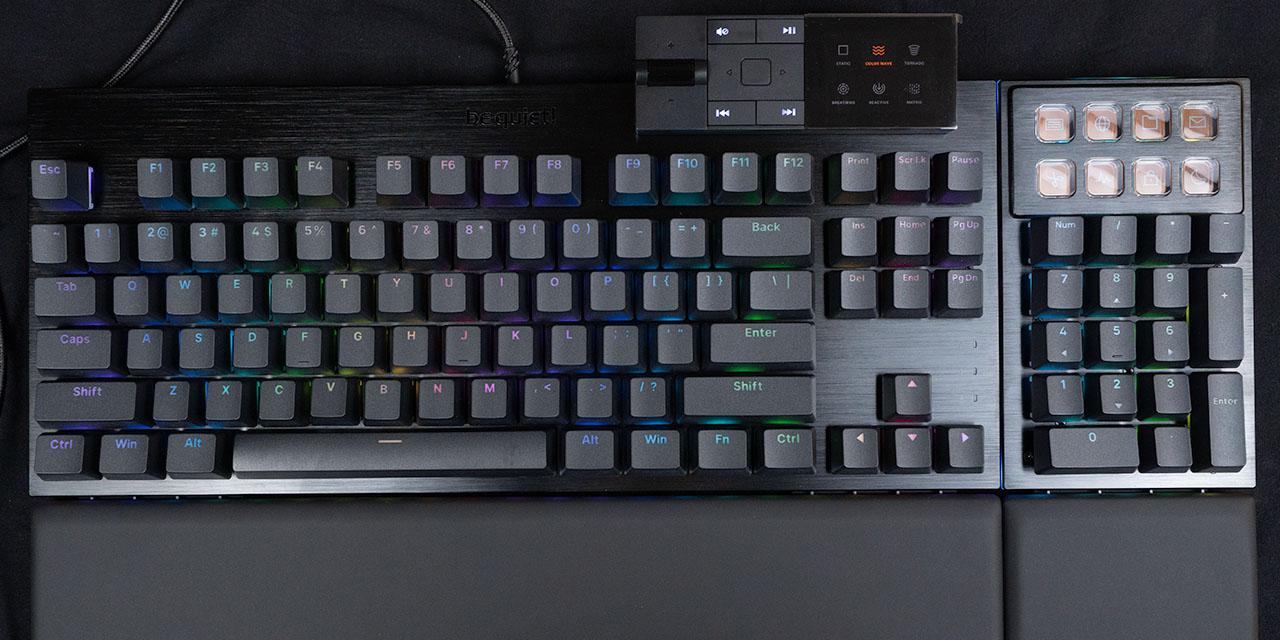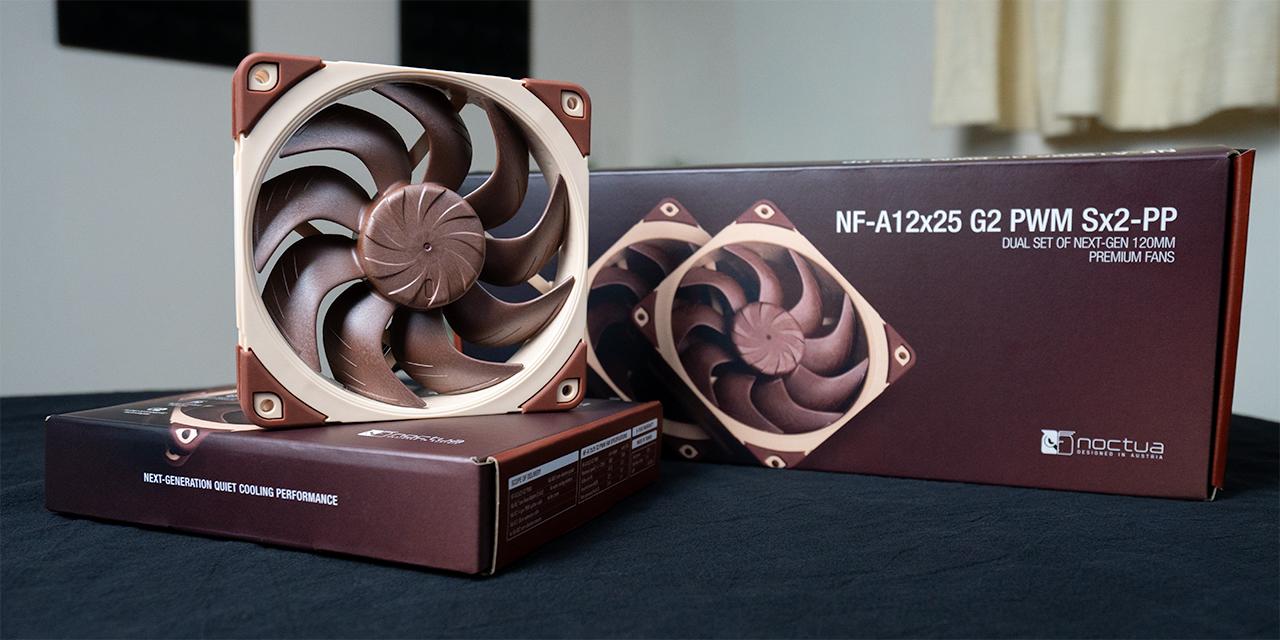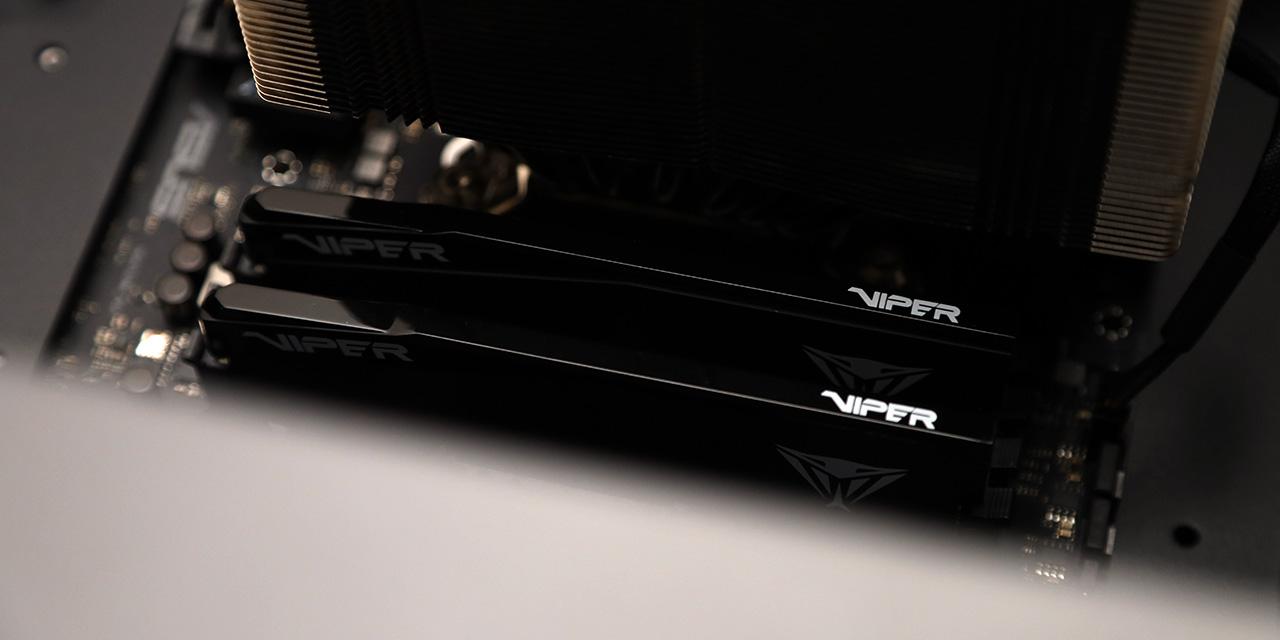Page 9 - Benchmark: SuperPI 1M, Cinebench R20
About SuperPI
Super PI is a computer program that calculates pi to a specified number of digits after the decimal point—up to a maximum of 32 million. It uses Gauss–Legendre algorithm and is a Windows port of the program used by Yasumasa Kanada in 1995 to compute pi to 2^32 digits.
Super Pi is used by many overclockers to test the performance and stability of their computers. In the overclocking community, the standard program provides a benchmark for enthusiasts to compare "world record" pi calculation times and demonstrate their overclocking abilities. The program can also be used to test the stability of a certain overclock speed. If a computer is able to calculate PI to the 32 millionth place after the decimal without mistake, it is considered to be moderately stable in terms of RAM and CPU. However, longer tests with other CPU/RAM intensive calculation programs will run for hours instead of minutes and may better stress system stability. While Super Pi is not the fastest program for calculating Pi, it remains very popular in the hardware and overclocking communities.
From: Wikipedia (January 22, 2011)

We have always included SuperPi in our benchmark results, because it is a quick and dirty run that always proves to be interesting. It is neither the fastest way to calculate Pi nor is it the most challenging. Being an enthusiast at heart, this program has always provided interesting results for showing off your overclocking prowess on your favorite online platform. Looking at the results, the Thermaltake TOUGHRAM XG RGB DDR4-4000 2x8GB just barely outperformed the other two memory modules. It is reasonable to conclude the difference here is negligible with the Thermaltake TOUGHRAM XG RGB DDR4-4000 2x8GB only beating the XPG Spectrix D50 DDR4-3600 2x8GB by just 0.02 seconds.
About Cinebench R20
Cinebench is a real-world cross-platform test suite that evaluates your computer's hardware capabilities. Improvements to Cinebench Release 20 reflect the overall advancements to CPU and rendering technology in recent years, providing a more accurate measurement of Cinema 4D's ability to take advantage of multiple CPU cores and modern processor features available to the average user. Best of all: It's free.
From: Developer's Page

Cinebench R20 is Maxon's latest benchmark to measure CPU rendering performance. The GPU test was dropped by the developers, because it has been considered irrelevant in the benchmarking scene for a while now. As the subtitle suggests, this test depends heavily on the CPU, but it does not necessarily mean memory kits will not contribute anything. This is proven by the Thermaltake TOUGHRAM XG RGB DDR4-4000 2x8GB scoring the highest, even if the difference in scores was minimal.
Page Index
1. Introduction, Packaging, Specifications
2. A Closer Look, Test System
3. Benchmark: AIDA64 CPU
4. Benchmark: AIDA64 FPU
5. Benchmark: AIDA64 Memory
6. Benchmark: PCMark 10
7. Benchmark: 3DMark
8. Benchmark: PassMark PerformanceTest 10
9. Benchmark: SuperPI 1M, Cinebench R20
10. Overclocking and Conclusion





